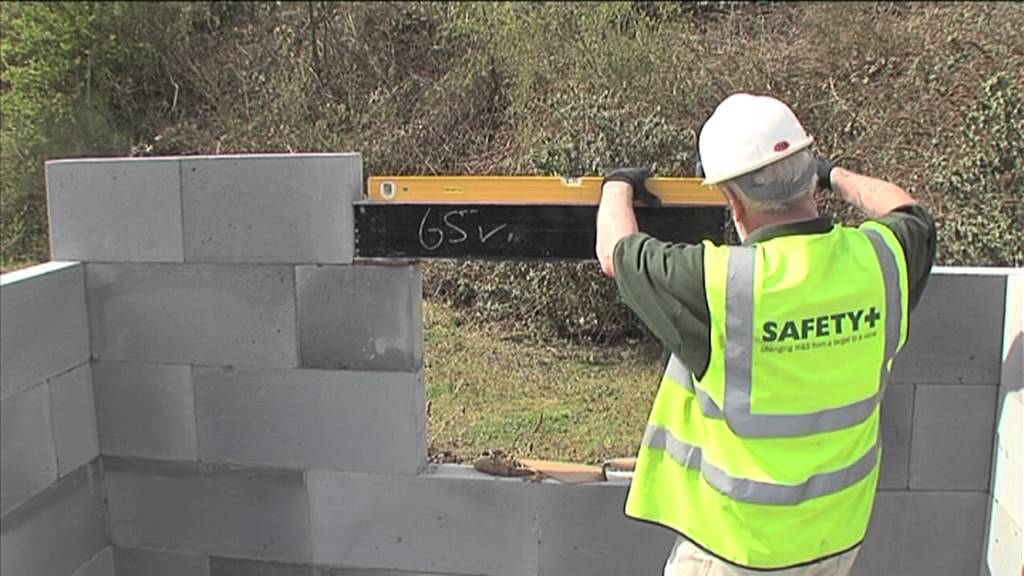Catnic are a leading UK manufacturer who have been providing steel lintel to the construction industry since 1969. Their products are some of the most widely used in the industry, such as the Catnic Box Lintel which is ideal for heavier loads such as point loads and wide openings, or Catnic Angle Lintels which are installed during thin joint wall construction. Many people ask us if you can cut a Catnic lintel which we explain in more detail below.
What is Catnic lintel?
A steel lintel can be described as a beam that is placed across windows, doors and other openings to support the load from the structure above. In order to work successfully the width of the lintel must be the same as the wall width, with the ends also built into the wall. Aside from Catnic lintels, there are different types available made from different materials.
Can you cut Catnic lintel?
While some steel lintel beams can be cut, this is not the case with Catnic products. This is because they feature a reinforced end which if removed will weaken the integrity of the beam. As a result, Catnic advise that their beams are not cut under any circumstances.
What is the best way to install Catnic lintel?
Below is a quick overview of the best way to install Catnic Lintel.
Step one: Check the condition
Catnic provide detailed information about all of their products and before using the lintel you should ensure it is the right one for the job. It is also a good idea to check the condition of the lintel before it is used, especially if it has been in storage for a while. This ensures you have full assurance the integrity of the product hasn’t been affected before installation.
Step two: Lintel installation
Ensure the lintel is installed with a minimum end bearing of at least 150mm, while levelled across its width and along its length, and also being embedded in mortar. Avoid installing the lintel on any part bricks. The masonry above should comply with BS EN 1996-2:2006.
Step three: Double check the loading
Double check the load bearing on the lintel matches the required spec for the job, while taking note of any concentrated loads that may be present. Avoid applying point loads directly to the flanges and ensure every concentrated load has the right level of support across the lintel length with a minimum of 200mm. If the lintel is being used to support an external cavity wall, the outer leaf should not carry more than half the working load.
Step four: Damp proof the lintel
Every lintel must have, by law, a damp proof course (DPC) applied in order to protect it, however, many Catnic lintels come with a built-in DPC (which they call a Duplex Corrosion Protection coating). If the product does not feature this you must fit an additional membrane. To avoid water flowing into the cavity also ensure the membrane is turned up at the edges.




